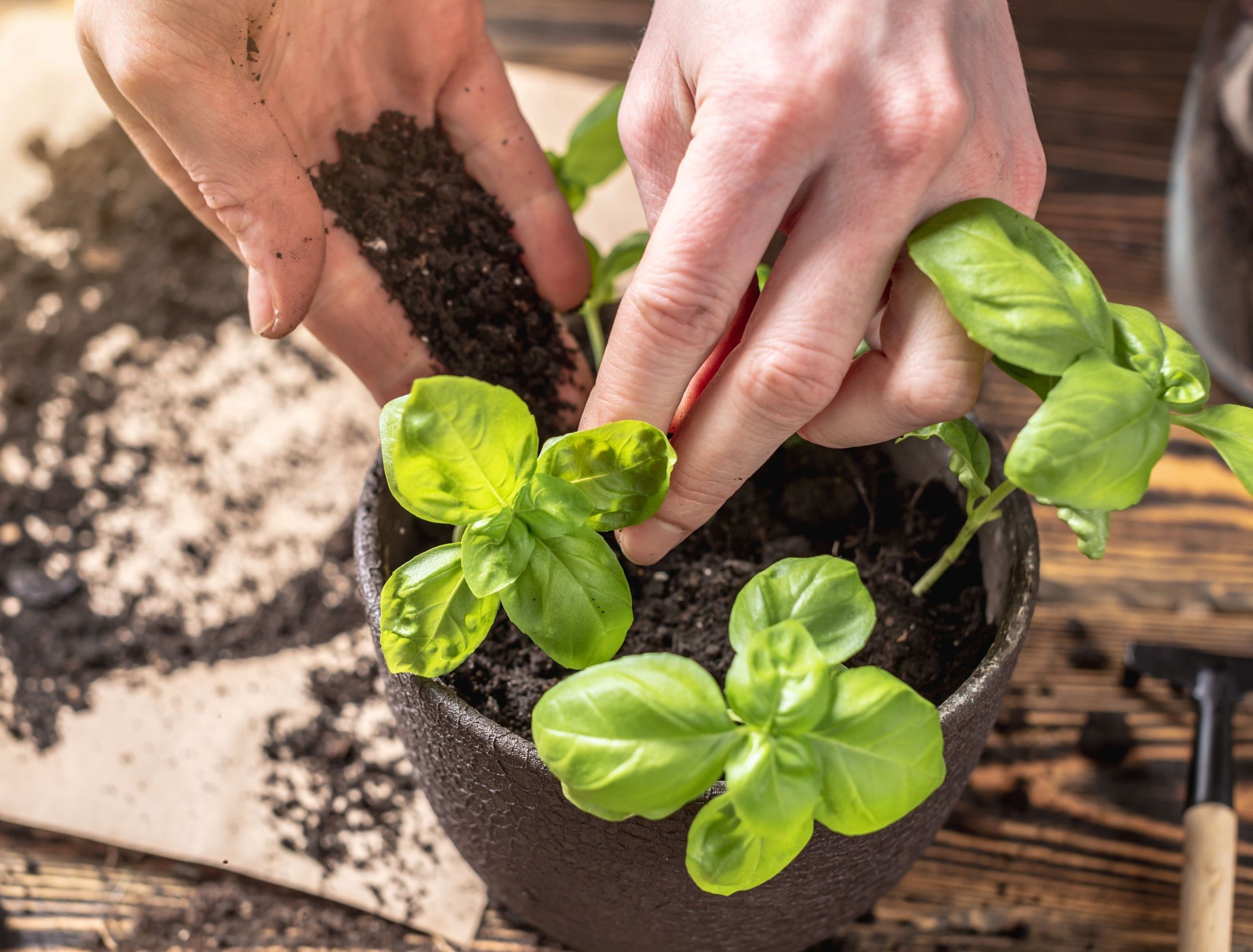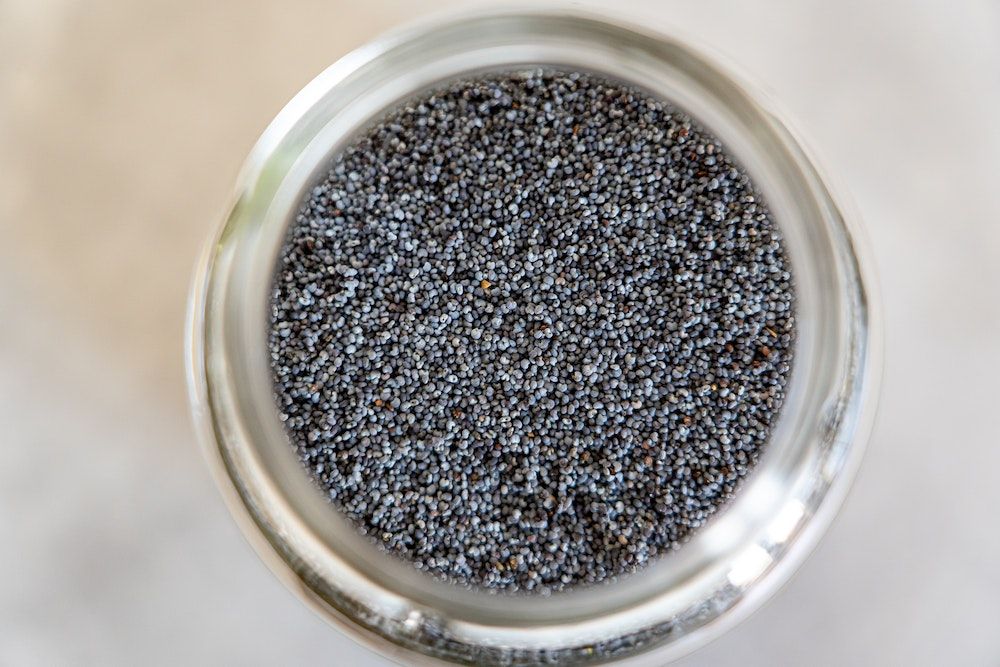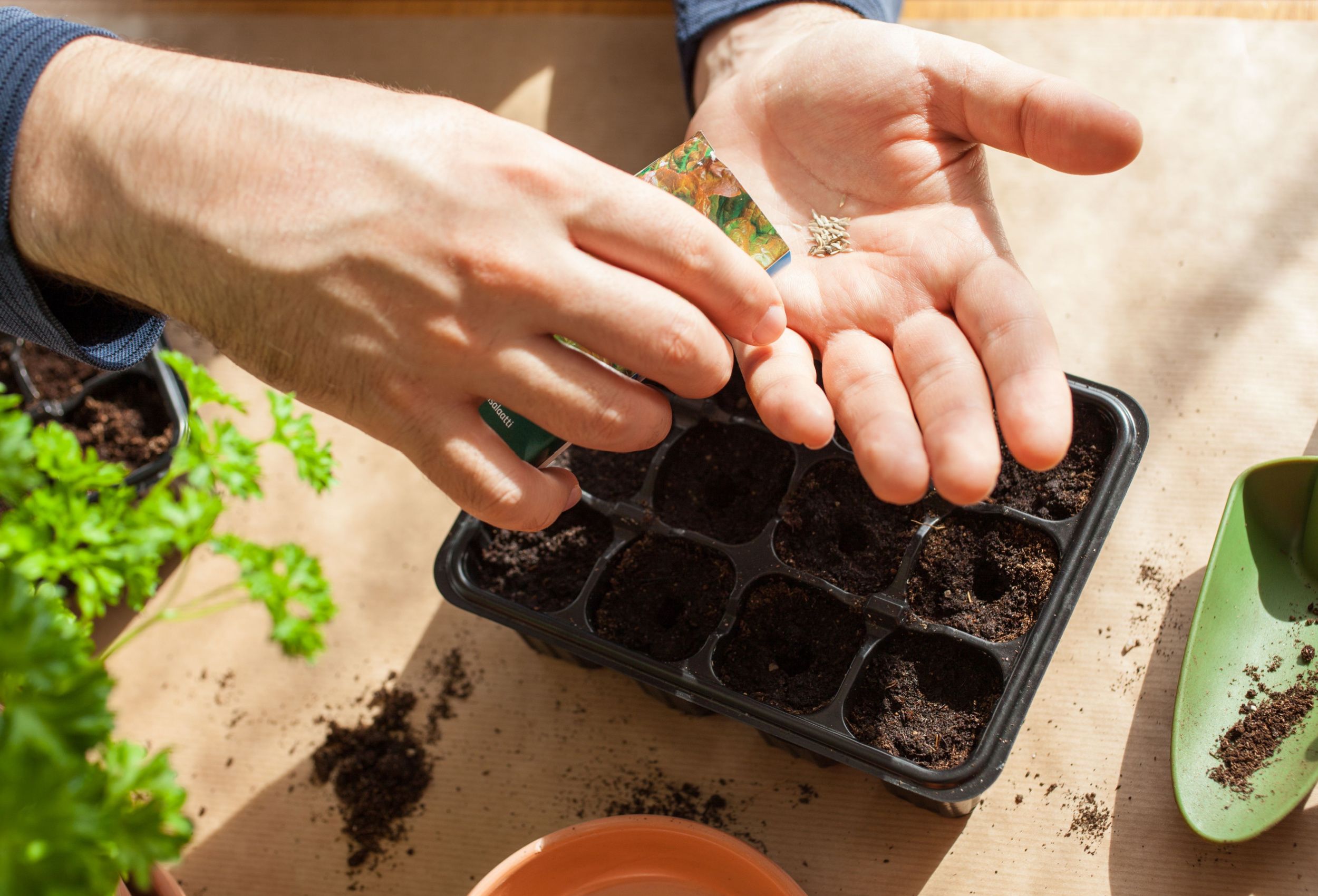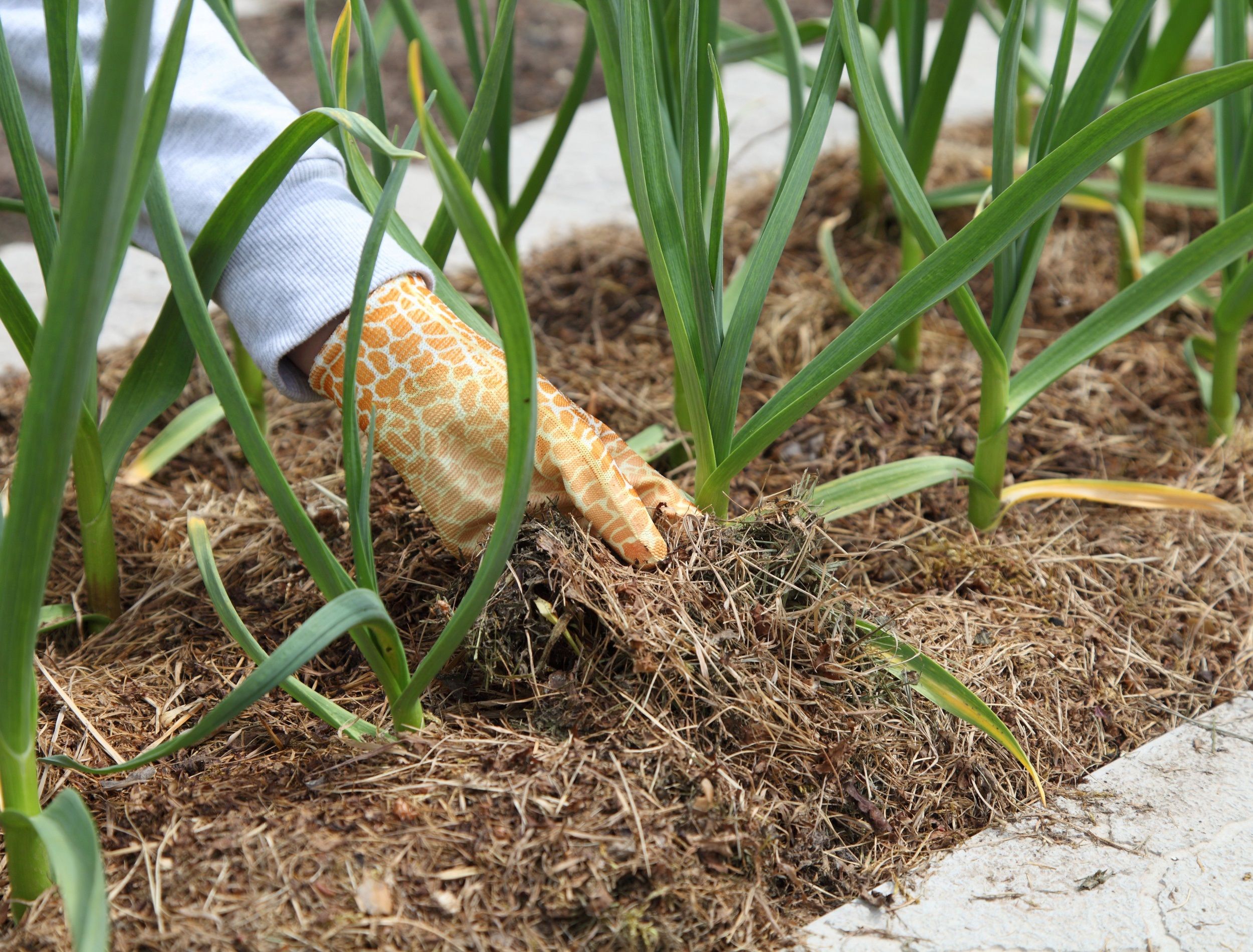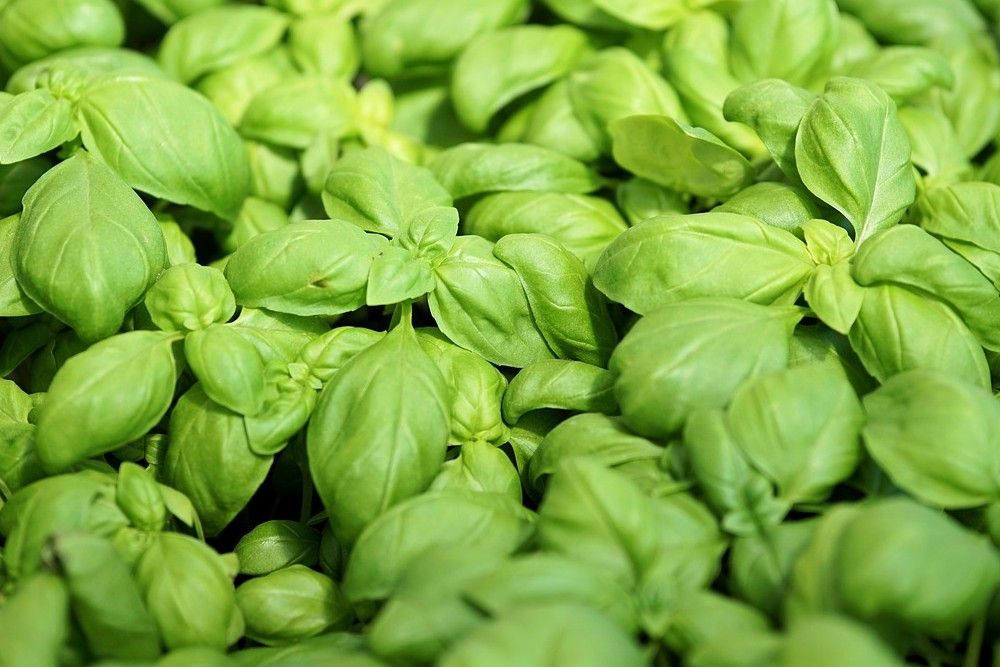Basil is undoubtedly a beloved herb that is a staple in many kitchens. It harbors the most delicious and versatile taste that is most potent in fresh basil leaves plucked from your garden. The best part is that the annual herb is simple to grow and provides fresh harvests constantly throughout the warmer months.
Here is how you can grow basil in your garden or indoors from seeds.
Materials Needed
Image credits: Huy Phan via Pexels
A few simple materials and equipment are sufficient to yield a fruitful basil crop. These include:
- Basil seeds
- Small pot (3 to 4 inches wide)
- Spray bottle
- Seed compost
- A pair of scissors
Step 1: Planting the Seed
Image credits: Castorly Stock via Pexels
Basil originates in the tropics and prefers warm temperatures, above 50 degrees Fahrenheit, to grow. Hence, start your basil seeds indoors approximately six weeks before your last spring frost date. Planting the seeds in late winter gives them ample time to grow and sprout leaves in the growing season.
Fill your pot with the seed compost and press down to make it firm. Scatter the seeds on the top of the compost and cover them with a thin layer (one-eighth to one-quarter inches) of soil or vermiculite. The seeds require light to germinate (at least six to eight hours), so do not bury them deep in the seed starting mix.
Use the spray bottle to mist the contents of the pot until they are moist. Aim the nozzle towards the sides of the pot to prevent exposing the seeds. Finally, cover the pot with a clear plastic bag secured with an elastic band.
Step 2: Allow the Seeds to Germinate
Image credits: Olga Miltsova via Shutterstock
Place the freshly sown seeds in a warm, sunny spot with a temperature of around 70 degrees Fahrenheit. The seeds will germinate on average in five to ten days, sprouting tiny leaves from the seedling.
After the seeds germinate, move the pot to a south- or west-facing window or under fluorescent lights for 10 to 12 hours a day. When the seedlings are a few inches tall and have two to three pairs of true leaves, thin the seedlings to leave only one to two strongest plants.
Step 3: Transplant Outdoors
Image credits: Nadzeya Pakhomava via Shutterstock
Once the danger of frost has passed, and the nighttime temperatures do not drop below 60 degrees Fahrenheit, you can transplant them outdoors.
Indoor-grown seeds must acclimatize to outdoor conditions over a week to 10 days. Place the pot outside in a sheltered spot and gradually expose the plant to increasing amounts of sun and wind.
Next, plant them in an area of your garden with six hours of direct sun every day. Make sure that the soil in your garden bed is rich, moist, and well-draining, with a pH of 4 to 7. Space the individual plants about a foot apart.
Step 4: Ongoing Care
Image credits: _Alicja_ via Pixabay
You must maintain a regular watering and pruning schedule to keep your plant growing and thriving -- just be sure to adjust your watering schedule according to the rainfall in your area.
Basil plant requires one inch of water per week, so if you are experiencing a dry spell, water your plant to keep the soil moist. Water the basil plant early in the morning as it does not get waterlogged roots or soil overnight.
Basil plants can get leggy quickly, so use scissors to snip the stems regularly. Pruning encourages the plant to branch out and grow more leaves for harvesting. Once a branch has six to eight leaves, prune back to the first set of leaves to stimulate lateral growth. You should also prune any damaged or wilting leaves as soon as you see them.
Around mid-summer, the plant starts producing flowers, which are useless if you plan to use your basil for cooking and eating. Hence, pinch off the flowers to allow the plant to grow more leaves.
Step 5: Harvesting Basil Leaves
Image credits: Webandi via Pixabay
You can start harvesting the basil leaves as soon as the plant reaches a height of six to eight inches. Pick the leaves early in the morning to enjoy the juiciest, freshest harvest, and use them right away in your salads, cooking, or pesto.
Pluck the leaves regularly throughout the summer to encourage growth, even if you do not need them; you can store the basil for later use. Harvest all the basil leaves before the first fall frost.
Growing Basil in Pots
Image credits: By tenkende via Canva
If you do not have a suitable plot of land for transplanting the plant outdoors, you can continue growing the basil in a container indoors. Plant and germinate the seeds as described in the first two steps. Then, move the plant to a bigger pot once the roots start showing from drainage holes at the bottom of the pot.
Gradually increase the pot size instead of moving the plant directly to a large container, as soggy soil can cause root rot. Use loamy soil, which drains quickly but retains moisture. Place your pot on a sunny windowsill that receives a minimum of six hours of direct sunlight, and water the plant whenever the soil feels dry to the touch.
Now leave the pot in your kitchen so you can have fresh basil on hand when cooking! Enjoy!
Bring This Beauty Home
While store-bought basil has a refreshing, delicious flavor, homegrown, fresh basil is in a league of its own. Moreover, it is relatively easy to grow and take care of and yields enough supply to last you the entire summer and some more for storing!
So, would you be growing basil this season? Share below in the comments!

